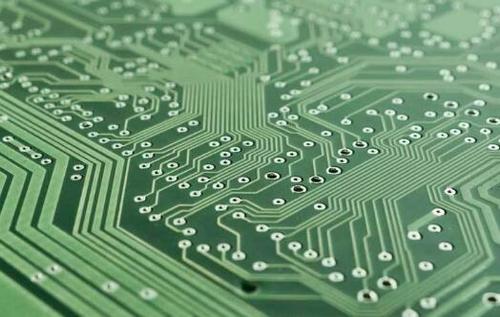 +86 755 2794 4155
+86 755 2794 4155  sales@knownpcb.com
sales@knownpcb.com
-
Shenzhen KNOWNPCB Technology Co., Ltd.
 +86 755 2794 4155
+86 755 2794 4155  sales@knownpcb.com
sales@knownpcb.com

The design of dynamic circuits is aimed at the repeated bending that occurs throughout the entire lifecycle of a product, such as cables for printed machines and disk drives. In order to achieve the longest bending life cycle of the dynamic circuit, the relevant parts should be designed as a single-sided circuit with copper on the central axis. The central axis refers to a theoretical plane located at the central layer of the material that makes up the circuit. By using the same thickness of substrate film and lamination on both sides of copper, the copper foil will be accurately positioned in the center and subjected to minimal pressure during bending or bending.
The design of multi-layer complexity that requires high dynamic bending cycles and high density can now be achieved by using anisotropic (z-axis) adhesives to connect double-sided or multi-layer circuits to single-sided circuits. Bending only occurs in the area of single-sided assembly, and outside the dynamic bending area, it belongs to a multi-layer independent area, which is not threatened by bending. Complex wiring and required components can be installed here.
Although it is expected that flexible printed circuits can meet all applications that require bending, bending, and some special circuits, a large portion of bending or bending are failures in these applications. Flexible materials are used in the manufacturing of printed circuit boards, but flexible materials themselves cannot guarantee the reliability of circuit functionality when bent or bent, especially in dynamic applications. Many factors can improve the reliability of forming or repeated bending of printed flexible printed circuit boards. To ensure the reliable operation of the finished circuit, all these factors must be considered in the design process. Here are some tips for increasing flexibility:
1) To improve dynamic flexibility, circuits with two or more layers should choose electroplated boards.
2) It is recommended to maintain the minimum number of bends.
3) The wires should be arranged in a staggered manner to avoid the I-type micro aggregation effect, and the wire paths should be orthogonal to facilitate bending.
4) Do not place solder pads or through holes in curved areas.
Read recommendations:


Appointment Experience